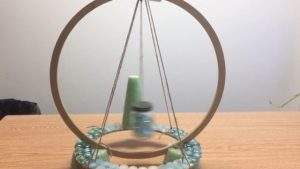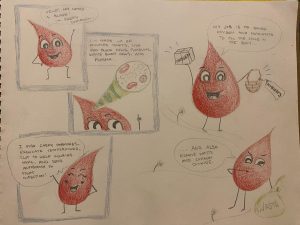
My visual aid is a cartoon stating the various componets of blood and the function of blood in the human body.
(Apologies that it’s difficult to see, this is as good of quality of a picture as I’m currently able to upload)
Blood is compromised of four main components; red blood cells, white blood cells, plasma, and platelets.
Plasma is the fluid in which red blood cells, white blood cells, and platelets are held and plasma is what allows these components to circulate throughout the body.
Primarily, red blood cells are responsible for carrying oxygen to tissue from the lungs.
White blood cells are commonly referred to as leukocytes which are responsible for the bodies immune system. Leukocytes is the group name of wide variety of immune system related cells.
Plateletes are resposible for blood clotting to expedite the healing of wounds and prevent excessive bleeding.
One Comment


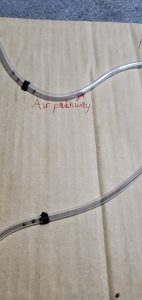

 .
.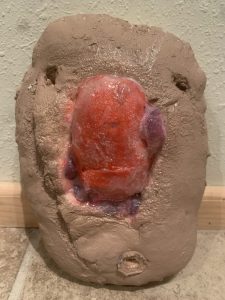
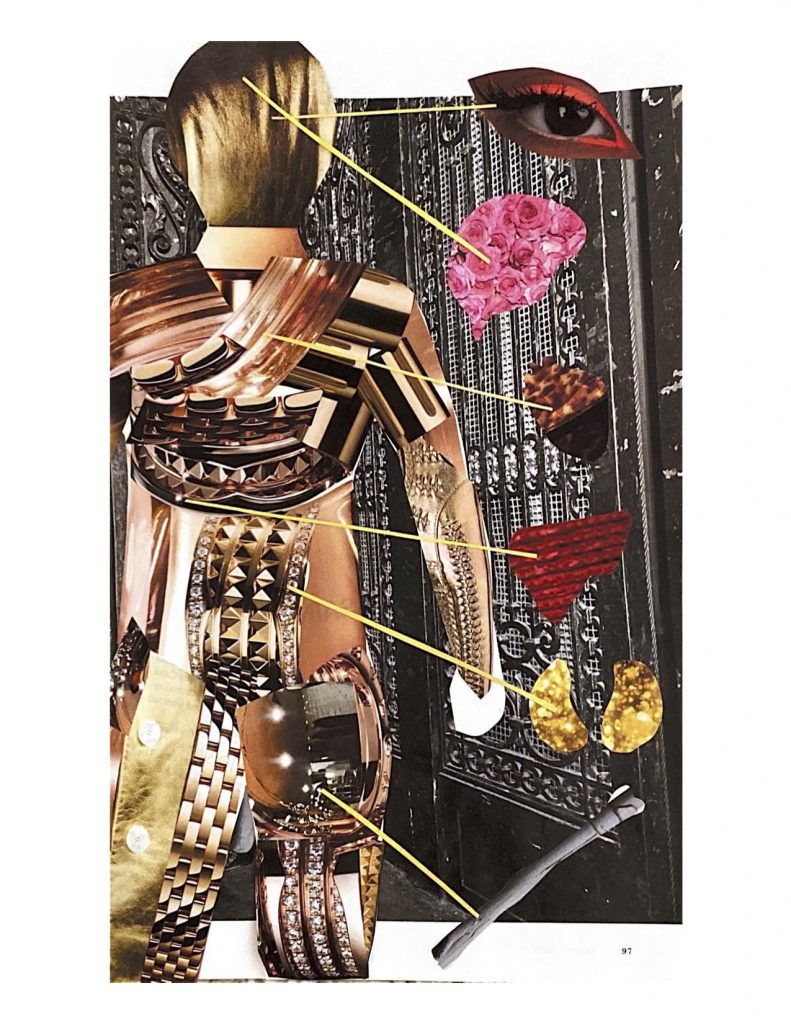 STEAM BIOL 112 Wilson’s Disease
STEAM BIOL 112 Wilson’s Disease